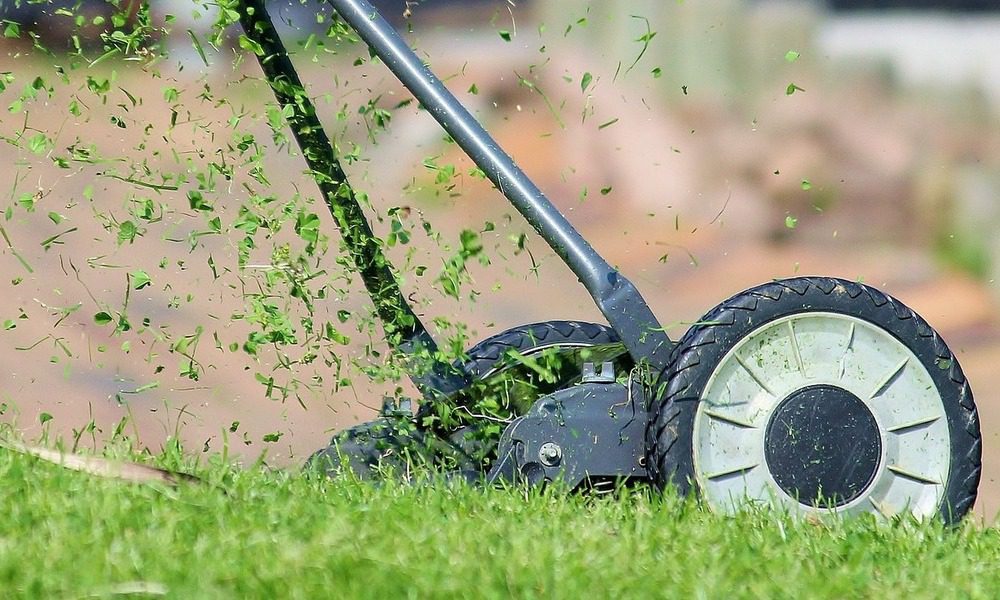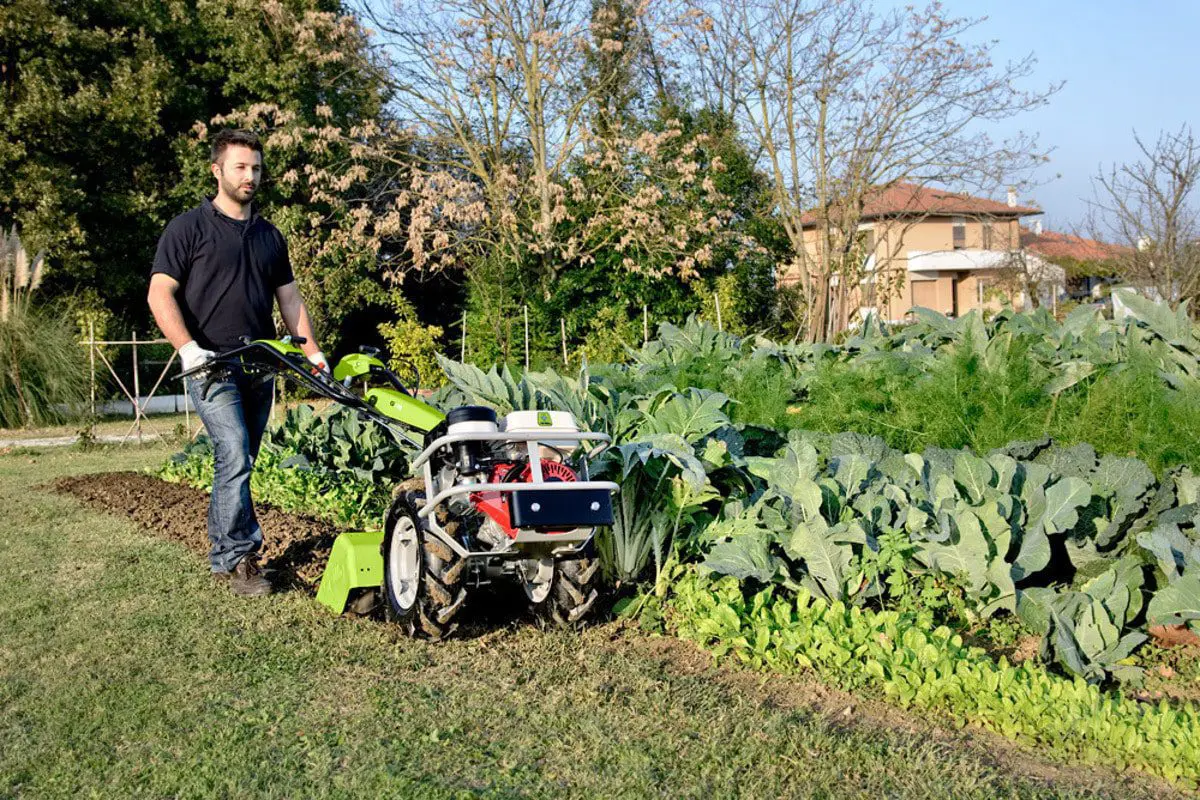Cultivating Efficiency: Calculating the Ideal Flow Rate for Your DIY Home Irrigation System
Maintaining a lush, vibrant garden or a flourishing lawn requires a well-designed irrigation system that efficiently delivers water to your plants. One crucial aspect of any irrigation system is determining the ideal flow rate. Calculating the correct flow rate ensures that your plants receive an adequate water supply without overwhelming your system or causing water waste. Whether you’re a seasoned gardener or a DIY enthusiast looking to optimize your home irrigation setup, understanding the risks and considerations involved in this process is essential.
In this article, we will explore the intricacies of calculating the ideal flow rate for your DIY home irrigation system. We’ll delve into the factors that impact flow rate, such as water source, pipe size, and the types of sprinklers or emitters used. Additionally, we’ll highlight the potential risks and challenges that arise when determining the flow rate for your system, emphasizing the importance of accuracy and professional guidance.
By the end of this article, you’ll be equipped with the knowledge and insights necessary to tackle this critical aspect of your irrigation system design, ensuring optimal water distribution and promoting the health and vitality of your plants. Let’s embark on this journey of cultivating efficiency and uncover the secrets to calculating the ideal flow rate for your DIY home irrigation system.
Determine your water source
Start by identifying the water source for your irrigation system. It could be a municipal water supply, well, rainwater collection system, or any other water source.
Measure the available water flow
Find out the available water flow rate from your water source. You can usually find this information on your water bill or by contacting your water provider. The flow rate is typically measured in gallons per minute (GPM) or liters per minute (LPM).
Determine the pipe size
Measure the diameter of the pipe that will be supplying water to your irrigation system. Common pipe sizes for home irrigation systems range from ¾ inch to 1 inch, but it can vary. The diameter will help determine the maximum flow rate the pipe can handle.
Calculate the maximum flow rate
Use the pipe size and available water flow rate to calculate the maximum flow rate your system can handle. This calculation is based on the principle that water flow through a pipe is restricted by the smallest diameter within the system.
-
- Convert the pipe diameter to inches if necessary (e.g., 1 inch = 2.54 cm).
- Use the following formula to calculate the maximum flow rate in GPM: Maximum Flow Rate (GPM) = Pipe Area (square inches) × Available Water Flow Rate (GPM) Pipe Area = (π/4) × (Pipe Diameter)^2
Determine the flow rate per sprinkler/emitter
Next, you need to know the flow rate required by each sprinkler or emitter in your system. This information is typically provided by the manufacturer and is usually measured in GPM or LPM.
Calculate the total flow rate
Sum up the flow rates of all the sprinklers or emitters that will be operating simultaneously in your irrigation system. This will give you the total flow rate required for your system.
Compare the total flow rate with the maximum flow rate
Ensure that the total flow rate of your system does not exceed the maximum flow rate calculated earlier. If it does, you may need to adjust the number of sprinklers or emitters, or consider using different types of sprinklers or emitters that require lower flow rates.
PLEASE NOTE
It’s important to note that these calculations provide an estimate, and actual flow rates can vary due to factors like friction loss in the pipes, elevation changes, and pressure variations. It’s recommended to consult with a professional or irrigation specialist for a more accurate assessment of your specific irrigation system requirements. Talk to our team today!







